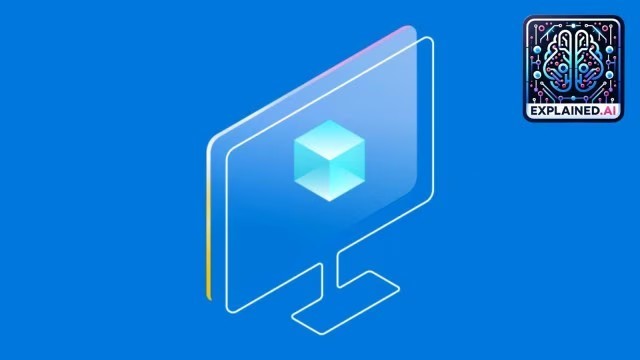
Phi-3-mini

27.04.2024
Phi-3-mini
|
For Prelims: About Phi-3-mini, How is Phi-3-mini different from Large Language Models (LLMs)? |
Why in the news?
Recently, Microsoft unveiled the latest version of its ‘lightweight’ AI model, the Phi-3-Mini.
About Phi-3-mini:
- It is believed to be the first among the three small models that Microsoft is planning to release.
- It has reportedly outperformed models of the same size and the next size up across a variety of benchmarks, in areas like language, reasoning, coding, and maths.
- It is the first model in its class to support a context window of up to 128K tokens, with little impact on quality.
- The amount of conversation that an AI can read and write at any given time is called the context window, and is measured in tokens.
- It is a 3.8B language model and is available on AI development platforms such as Microsoft Azure AI Studio, HuggingFace, and Ollama.
- Phi-3-mini is available in two variants, one with 4K context length, and another with 128K tokens.
How is Phi-3-mini different from Large Language Models (LLMs)?
- Phi-3-mini is a Small Language Model (SLM).
- SLMs are more streamlined versions of large language models. When compared to LLMs, smaller AI models are also cost-effective to develop and operate, and they perform better on smaller devices like laptops and smartphones.
- SLMs are great for resource-constrained environments including on-device and offline inference scenarios and such models are good for scenarios where fast response times are critical, say for chatbots or virtual assistants.
- SLMs can be customized for specific tasks and achieve accuracy and efficiency in doing them. Most SLMs undergo targeted training, demanding considerably less computing power and energy compared to LLMs.
- SLMs also differ when it comes to inference speed and latency. Their compact size allows for quicker processing. Their cost makes them appealing to smaller organizations and research groups.
Source: Indian Express